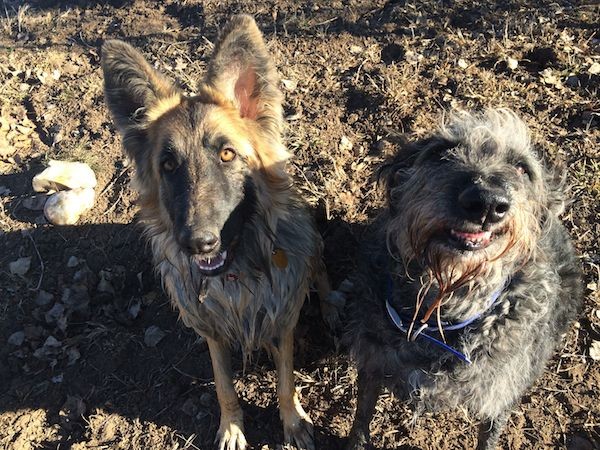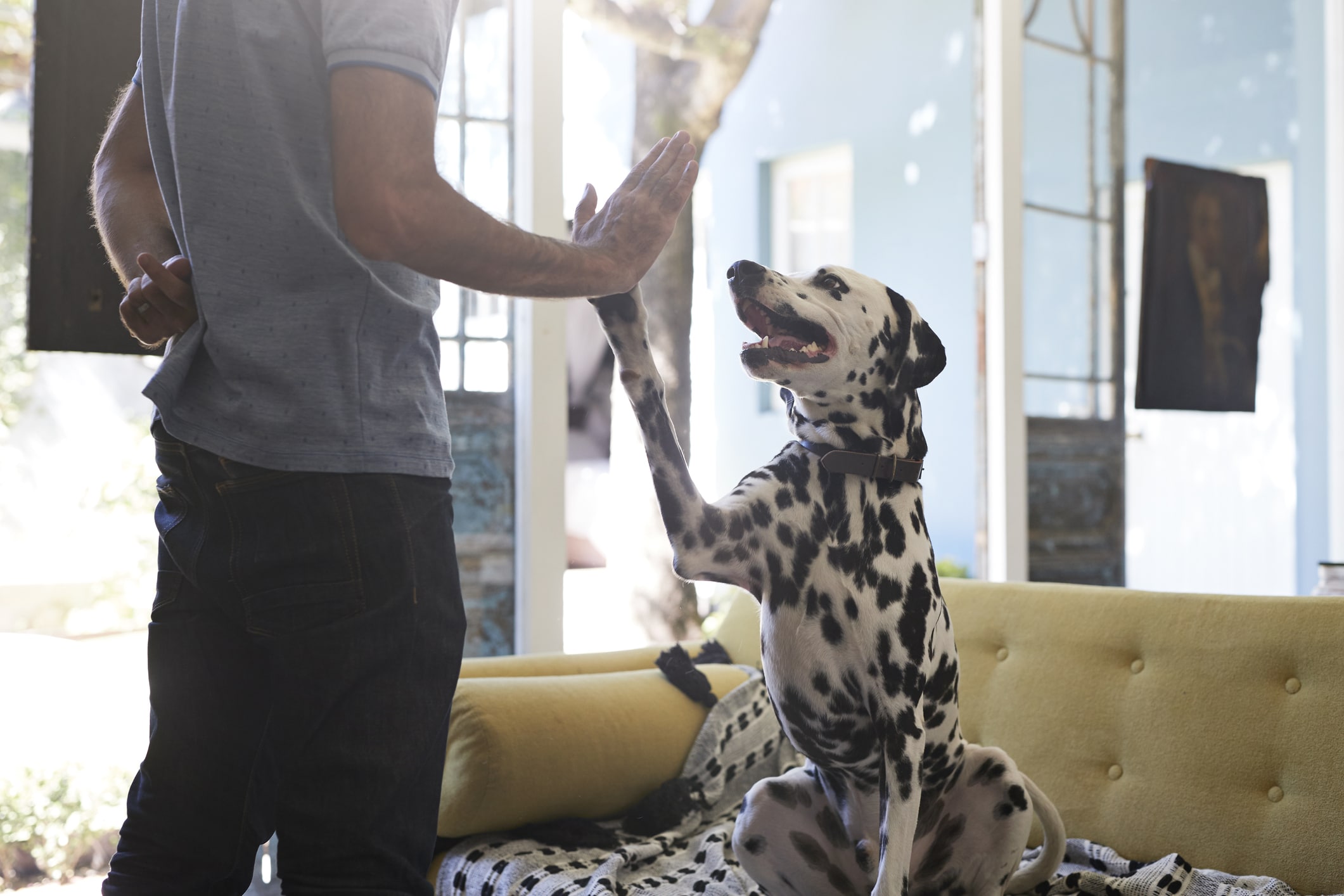I encourage pet parents to think of employing a dog trainer in the same way that they would a nutritionist. We all know how to eat healthily, correct? Sometimes, however, we have special dietary restrictions or conditions that require the trained assistance of a nutritionist. There is no shame in seeking a professional’s help. The same is true when it comes to issues you may be having with your best friend, except — and this is a huge exception — there is no regulation of the dog training industry.
It is truly a buyer-beware situation when you employ a dog trainer. You could get a certified, experienced, and truly talented professional, or you could get a hack who hung out a sign yesterday proclaiming himself to be a trainer. Therefore, the onus of discovery is on you, the pet parent.
But what if there was a way that allowed you to circumvent the often disastrous, contentious state of the dog-training field? I am happy to say that there is, and the solution is: Train your own dog.

So, how do you go about it? Start by following these three steps.
The 3 Steps for Training Your Dog
Step 1: Don’t Google!
If you are dealing with a dog whose behavior you consider to be aggressive and you Google “dog aggression,” you will be hit in the eyes with 17 million entries. How do you gauge who really has good advice and who thinks he’s an expert just because he has a dog? Instead of wasting time Googling advice from strangers, invest time in studying your dog’s behavior. To understand dogs, you have to understand canine body language. What is your dog telling you when he licks his nose or lifts a paw, for example? A great place to begin learning about canine body language is dog trainer Jill Breitner’s app, The Dog Decoder.
Step 2: Start with the basics, then hire accordingly if needed
Have you made it clear to your dog what gets him many yummy reinforcers and makes you happy? Start by teaching in very small increments and in a low-stress setting, such as a simple sit not in an emotionally charged location such as the front door. Work your way up to the door, and if the new setting proves too much, go back to the last place where your dog was able to hear your request and begin again. Please do not be afraid to use high-quality food reinforcers in training — hot dogs and squirt cheese solve MANY a problem.
If you have tried training on your own but get stuck or the dog does not progress as quickly as you want, then consider hiring a specifically trained trainer. First determine if the problem is obedience-related (he pulls on the leash) or behavior-related (he lunges and barks at other dogs), then look for a trainer or behaviorist who specializes in the problem. Also ask potential trainers for how they will help your dog when he makes the wrong decisions, and what they do to the dog when he gets it right.
Most important, ask if they can train your dog without touching the dog or using any force whatsoever. If they are unable to do, move on to a trainer who can. You can search for a qualified, force-free trainer through the Pet Professional Guild.

Step 3: Look for ways to reinforce the behavior you want
If your dog does a jumping-on-people problem, when you catch your dog sitting or lying down in a quiet situation, give him truly delicious meat or cheese reinforcers. After he starts doing more of that for which he has been rewarded, then work on asking for the “sit” or “down,” again using food. Why? Dogs need to be motivated, just like humans. You don’t go to work for free, so don’t ask another species to do something you are not willing to do yourself.
Know that a rewarded behavior increases. A dog cannot both sit and jump on people at the same time, so work hard to reinforce the behavior you want. Also, take a step back and ask yourself if you are inadvertently reinforcing the unwanted behavior (perhaps by kneeing the jumping dog in the chest, which your dog might see as an invitation to play). If what you are doing isn’t getting the results you desire, change your behavior. We have to stop telling our dogs no no no and instead look for ways to say yes.

Dogs do what works for them. It just happens that most of what works for them also works for us. Dogs are not attempting to take over control. “Dominance theory” has been utterly and completely squashed by science. You may still come across trainers who tout it, but know that they subscribe to outdated and harmful dog training methodologies.
As you set about training your dog, note what works and what doesn’t. Force is not advised as it decreases trust and connection. Dogs seek humans out and want to be with us, so using aggression to train a dog weakens that bond. Look for positive ways to encourage, motivate, and praise your dog when she is doing what you want. The only punisher I use on any breed of dog is a timeout. I either leave the situation, or I take away the thing the dog wants in that moment. And then I immediately return in person — or I return the item the dog wants — after asking again for the behavior I do want.
There are a few basic skills that make life with your dog more enjoyable and they also make the dog’s life with us more comfortable for the dog. However, dogs don’t arrive in our homes knowing the house rules. Even just teaching a reliable sit can solve a lot of problems. Obedience begins with focus so the more your dog loves being around you and the more he is reinforced for offering you the behavior you want from him, the more harmonious life will become for both species.
You can do a ton of dog training yourself. Dog training isn’t rocket science. In fact, even if you sent your dog away to a trainer, you still live with the dog. When he returns, the onus of training is on you. The great news is that you can train your dog with just a little increase of human knowledge, kindness, and motivation.
On a related note, I have a new book out that offers practical training advice for even the most troubled dog. Look for The Midnight Dog Walkers: Positive Training and Practical Advice for Living with Reactive and Aggressive Dogs (Lumina Media) in stores or on Amazon.
Featured Image Credit: Klaus Vedfelt/ Getty Images





